| syllabus | timetable | projects | homework | clicker questions | weekly summaries | review | images | text |
Wed 2018 Jan 17 (not graded):
Fri 2018 Jan 19 (not graded):
|
A. 102;
B. 103; C. 104; D. 105; E. 106. |
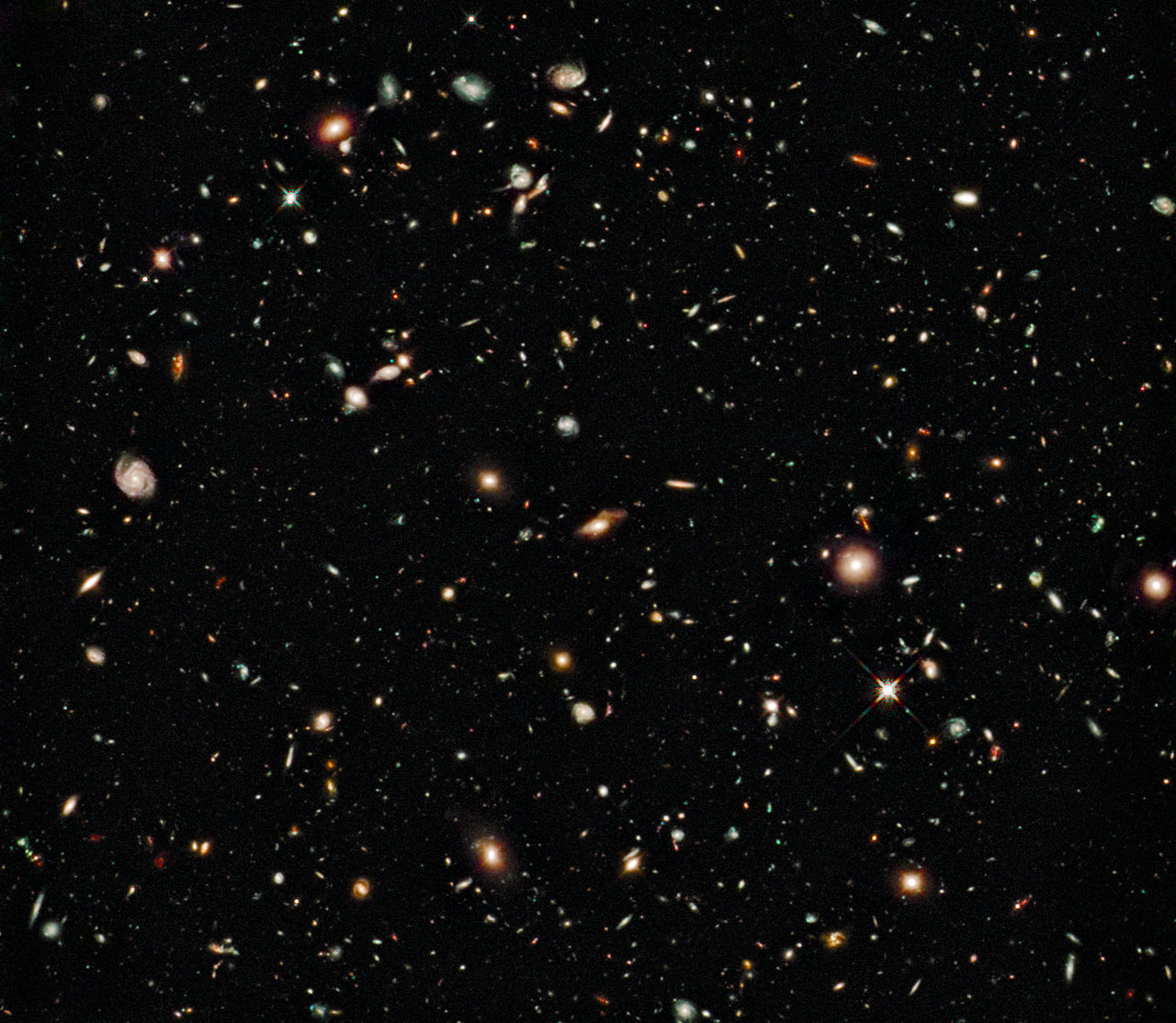
|
Wed 2018 Jan 24:
| |||||||||
|
Fri 2018 Jan 26:
Mon 2018 Jan 29:
Wed 2018 Jan 31:
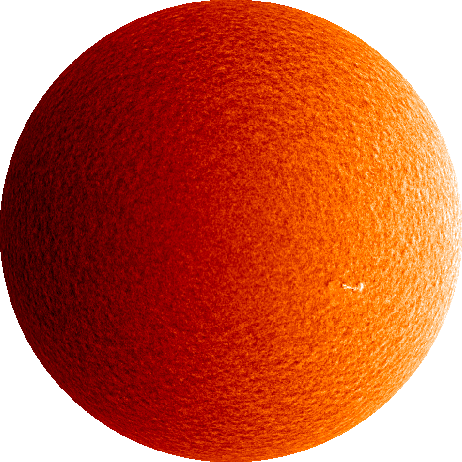
Mon 2018 Feb 5:
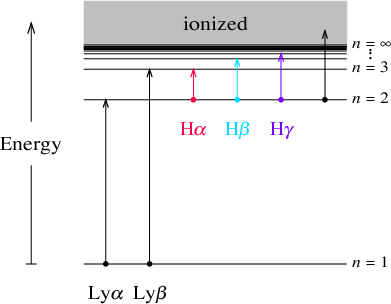
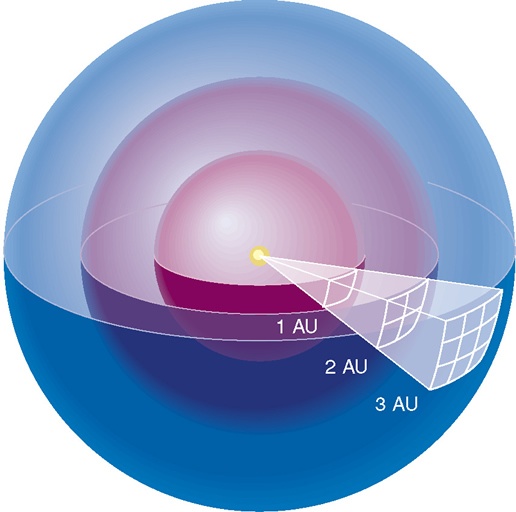
Wed 2018 Feb 7:
Fri 2018 Feb 9:
Wed 2018 Feb 14:
Mon 2018 Feb 19:

|

|
Wed 2018 Feb 21:
Fri 2018 Feb 23:

Mon 2018 Feb 26:
Wed 2018 Mar 7:
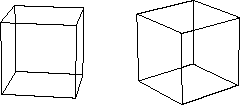
Fri 2018 Mar 9:
Mon 2018 Mar 12:
Wed 2018 Mar 14:
Wed 2018 Mar 21
|
A. True;
B. False; C. Possibly. |
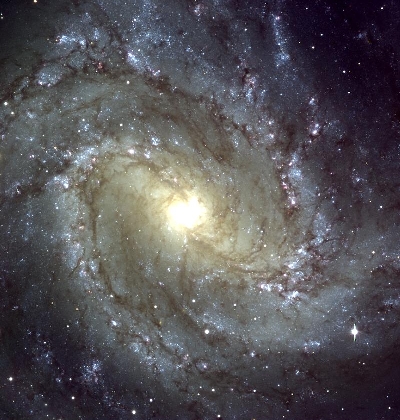
|
Fri 2018 Mar 23:
Mon 2018 Apr 2:
Wed 2018 Apr 4:
Fri 2018 Apr 6:
Wed 2018 Apr 11:
Mon 2018 Apr 16:
Wed 2018 Apr 18:
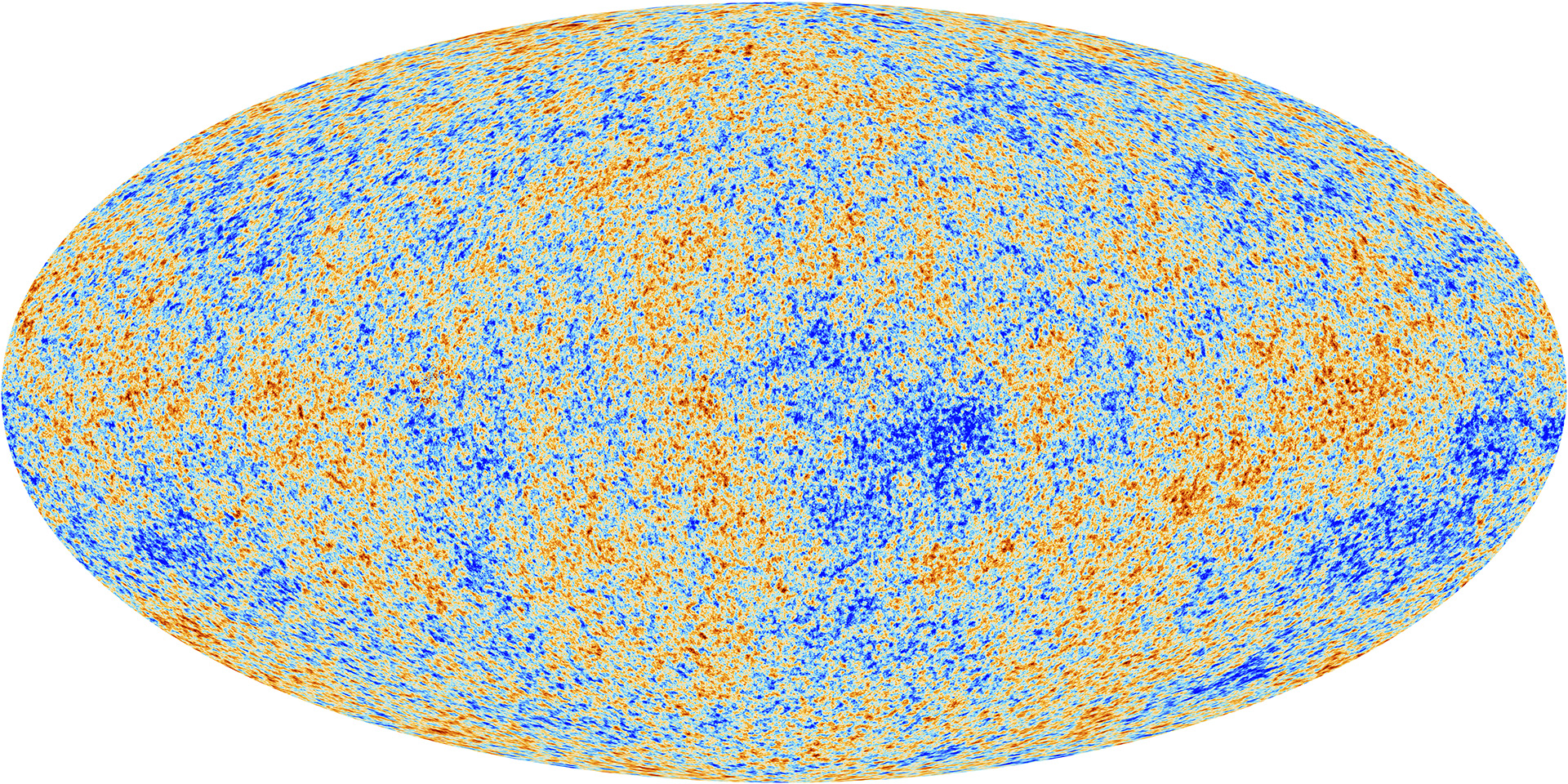 In the Planck satellite image of the CMB at right, the 1° size of the blobs is roughly the size of:
In the Planck satellite image of the CMB at right, the 1° size of the blobs is roughly the size of:
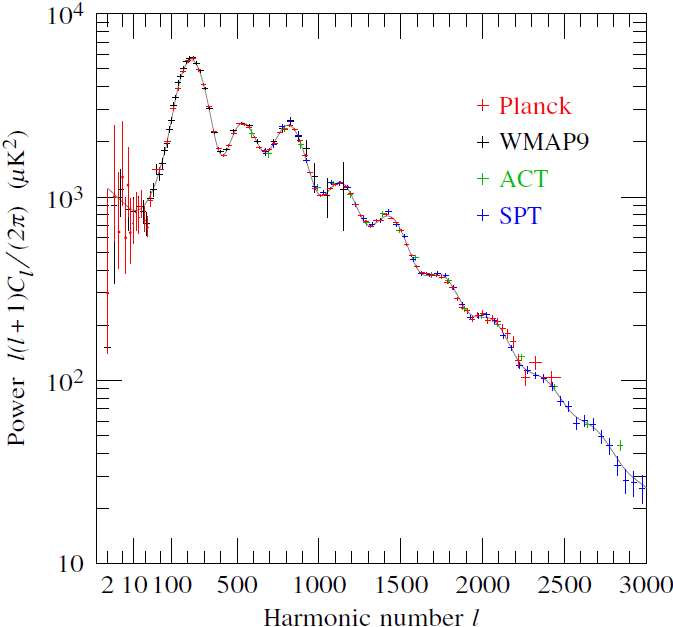 What observational evidence suggests that the Universe is flat?
What observational evidence suggests that the Universe is flat?
Wed 2018 Apr 25:
 What is the horizon problem?
What is the horizon problem?
Fri 2018 Apr 27:
Mon 2018 Apr 30:
![]() Spring 2018 ASTR 1200-001 Homepage
Spring 2018 ASTR 1200-001 Homepage
| syllabus | timetable | projects | homework | clicker questions | weekly summaries | review | images | text |
Updated 2018 May 1